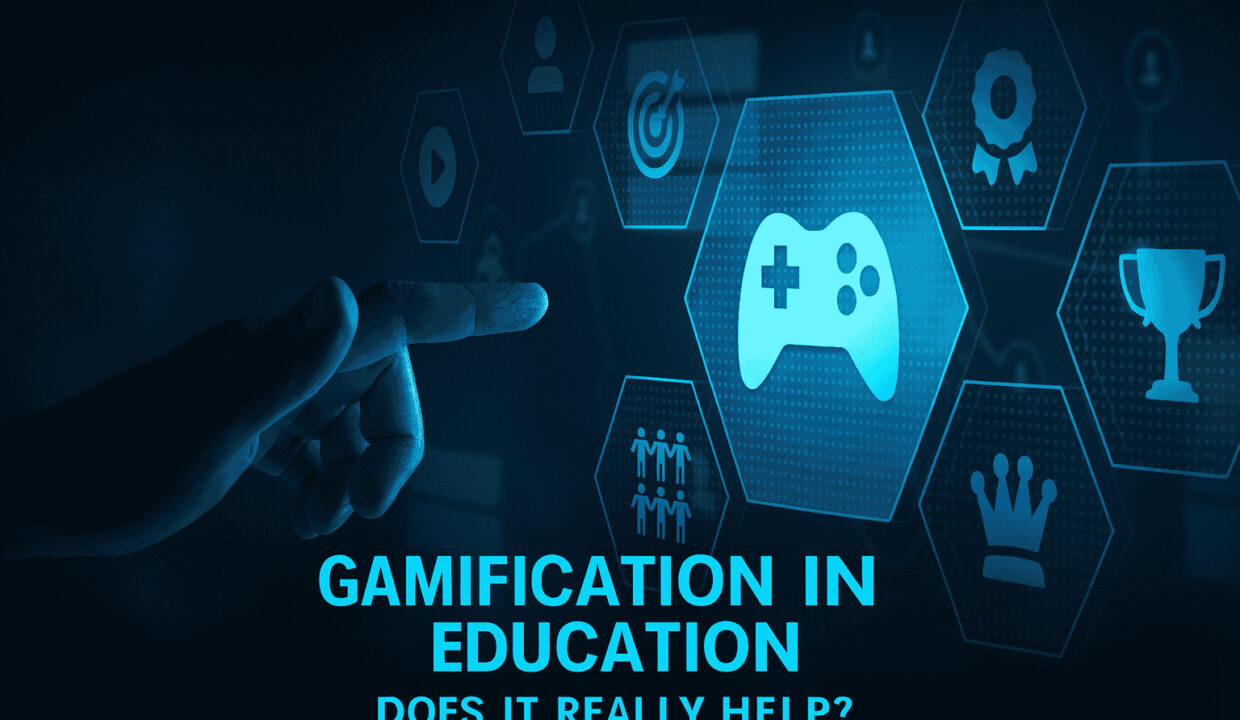
Education has come a long way from chalkboards and textbooks. With the rise of technology, one approach gaining popularity is gamification—the use of game-like elements such as points, badges, leaderboards, and rewards in learning environments. But does gamification actually improve education, or is it just another passing trend?
What Is Gamification in Education?
Gamification isn’t about turning classrooms into video games. Instead, it’s about applying game mechanics to learning activities. For example:
-
Students earn points for completing assignments on time.
-
Leaderboards track progress and encourage healthy competition.
-
Badges or certificates reward milestones.
-
Quests or challenges make learning interactive and fun.
The goal is to make learning more engaging by tapping into the motivational aspects of games.
Benefits of Gamification in Education
-
Boosts Student Engagement
-
Game elements make routine lessons exciting. Students are more likely to participate actively when they see immediate rewards for their efforts.
-
-
Encourages Motivation and Persistence
-
Earning badges or leveling up creates a sense of accomplishment, motivating learners to keep going even when tasks get difficult.
-
-
Supports Different Learning Styles
-
Visual learners benefit from badges and progress charts, while competitive learners thrive on leaderboards.
-
-
Provides Instant Feedback
-
Just like in games, students know right away whether they’ve mastered a concept or need improvement.
-
-
Promotes Collaboration and Teamwork
-
Many gamified activities include group challenges, encouraging students to learn from each other while working toward common goals.
-
Potential Drawbacks of Gamification
While gamification can be powerful, it’s not without limitations:
-
Overemphasis on Rewards: Students may focus more on points than on actual learning.
-
Short-Term Motivation: The novelty may wear off if the game elements aren’t thoughtfully integrated.
-
One-Size-Fits-All Doesn’t Work: Some students may find competition stressful rather than motivating.
Does Gamification Really Help?
Research suggests that gamification can improve student engagement, motivation, and even knowledge retention, but its success largely depends on how it’s implemented. Simply adding points and badges without aligning them to meaningful learning goals won’t be effective.
Gamification works best when it:
-
Reinforces real learning objectives.
-
Balances fun with educational value.
-
Encourages intrinsic motivation (love of learning) rather than just extrinsic rewards (badges and points).
Final Thoughts
Gamification isn’t a magic fix for education, but when used thoughtfully, it can be a valuable tool. By blending the fun of games with the depth of learning, educators can create experiences that not only capture students’ attention but also foster persistence, collaboration, and long-term understanding.

